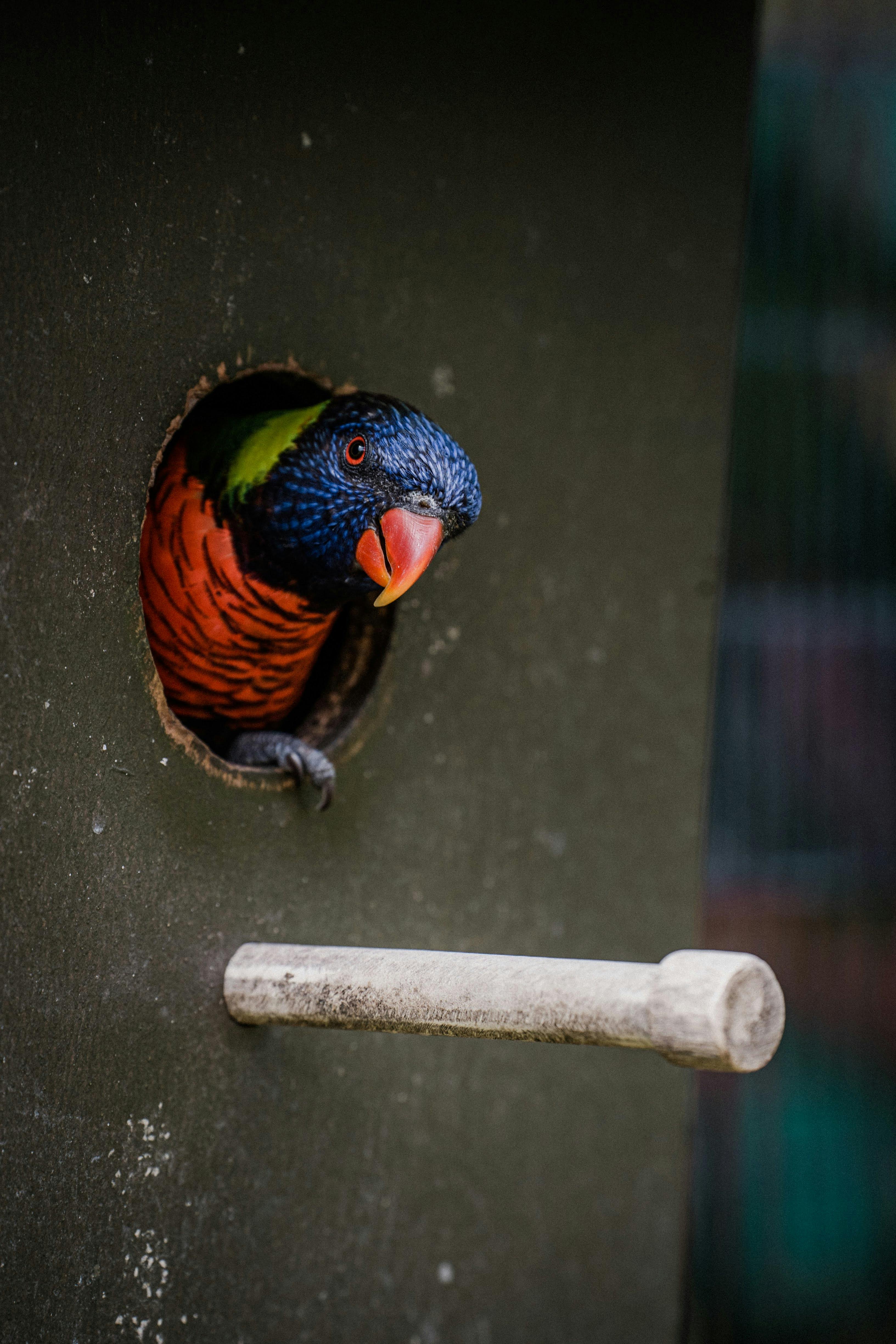Essential Guide to Kuhli Loach Care
Kuhli loaches are not only fascinating to watch but also relatively easy to care for, making them an excellent choice for both novice and experienced aquarium enthusiasts. These small, eel-like fish are known for their playful behavior and serene presence, which can enhance the atmosphere of any tank. Understanding the specific needs of kuhli loaches—ranging from tank conditions to feeding habits—is crucial for maintaining their health and happiness in captivity. In this guide, you will learn about kuhli loach tank conditions, feeding strategies, optimal companions, and potential health issues to keep your aquatic friends thriving.
The journey of caring for kuhli loaches involves creating the right habitat, providing proper nutrition, and understanding their behavioral patterns. This article will cover the essential elements of kuhli loach care, showcasing tips for ensuring a flourishing environment. Key takeaways will emphasize the importance of compatible tank mates, effective tank maintenance schedules, and ways to recognize signs of distress that may impact their well-being. Let’s dive into this comprehensive care guide!
Creating Ideal Kuhli Loach Tank Conditions
Establishing suitable kuhli loach tank conditions is foundational for their health. These fish thrive in environments that closely mimic their natural habitats, which consist of densely planted areas with ample hiding spots and soft substrates. The ideal kuhli loach tank setup should include a minimum of ten gallons to allow for adequate swimming space, along with decorations that provide shelter.
Understanding Kuhli Loach Water Parameters
Maintaining appropriate water parameters is vital for the health of your kuhli loaches. They prefer slightly acidic to neutral pH levels (between 6.0 and 7.5), and temperatures ranging from 75°F to 80°F. Regular testing of ammonia, nitrite, and nitrate levels is also essential. Keeping the water clean through proper filtration and regular water changes will support the overall health of your aquarium.
Choosing the Right Substrate
Kuhli loaches are bottom dwellers, which makes the choice of substrate critical. Preferably, opt for a soft, sandy substrate to avoid damaging their sensitive skin. Sandy surfaces also provide a suitable environment for them to dig and forage, simulating their natural feeding habits.
Tank Layout and Decorations
When designing your kuhli loach habitat, incorporate plenty of live plants, driftwood, and rocks to create hiding spots. Plants like Java moss or Anubias not only enhance the tank's aesthetics but also improve water quality by absorbing excess nutrients. Additionally, ensure the tank has gentle filtration to prevent the water from becoming turbulent, as kuhli loaches prefer calm waters.

Optimal Feeding Strategies for Kuhli Loaches
Feeding kuhli loaches a balanced diet is crucial for their health and longevity. These fish are omnivores, meaning they require a mix of plant-based and protein-rich foods. Understanding their feeding habits will help prevent nutritional deficiencies and support their vibrant colors and overall well-being.
Recommended Foods for Kuhli Loaches
High-quality sinking pellets designed for bottom feeders are excellent staples for a kuhli loach diet. You can also supplement their diet with frozen or live foods such as bloodworms, brine shrimp, and daphnia, which provide essential nutrients. Additionally, offering blanched vegetables like zucchini or cucumber can contribute to their diet variety, promoting digestive health.
Feeding Schedule and Portions
Establish a feeding schedule that mimics their natural foraging patterns. Feed your kuhli loaches once or twice a day, providing only as much food as they can consume within a few minutes. This helps prevent overfeeding, which can lead to health issues and water quality problems.
Signs of Healthy Kuhli Loaches
To ensure your kuhli loaches are thriving, monitor their behavior and physical condition. Healthy kuhli loaches exhibit vibrant colors, show active foraging behavior, and display social interactions with tank mates. Watch for any signs of distress or illness, such as lethargy, refusal to eat, or abnormal swimming patterns, which may indicate a need for adjustments in care.
Selecting Suitable Kuhli Loach Tank Mates
Choosing the right tank mates for your kuhli loaches is an essential aspect of aquarium dynamics. These fish are peaceful and benefit from a community setting; however, certain species can provoke stress or aggression, disrupting the harmony of your tank. Consider the following tips when selecting companions.
Best Tank Mates for Kuhli Loaches
Optimal tank mates for kuhli loaches include small, non-aggressive species that share similar care requirements. Some popular companions include rasboras, tetras, and other peaceful bottom dwellers like Corydoras catfish. Ensure that any tank mates chosen can thrive in similar water parameters and temperature ranges.
Interactions with Shrimp
Kuhli loaches can coexist with shrimp, such as Amano or cherry shrimp. However, keep an eye on interactions, as kuhli loaches may nibble on smaller or weaker shrimp. Providing ample hiding spots can help ensure the safety of shrimp within the community tank.
Assessing Compatibility with Other Fish
When introducing new fish, always assess their compatibility with kuhli loaches based on behavior, size, and environmental needs. Avoid aggressive or territorial species, as they may stress kuhli loaches or compete for resources. It’s essential to observe interactions and be ready to separate fish if necessary.

Monitoring Kuhli Loach Health and Behavior
Regular monitoring of kuhli loach health is critical to maintaining a thriving aquarium. Understanding their behavioral patterns and recognizing signs of distress will empower you to act quickly and effectively.
Common Health Issues in Kuhli Loaches
Kuhli loaches are generally hardy, but they can be susceptible to specific health issues, such as ich and fin rot. Monitoring water quality and ensuring proper tank conditions can greatly reduce these risks. If you notice any symptoms, such as white spots on the body or damaged fins, prompt treatment is crucial.
Signs of Stress in Kuhli Loaches
Stress can negatively impact the health of kuhli loaches. Signs of stress may include hiding excessively, rapid gill movement, and changes in appetite. Identifying and altering conditions that cause stress—such as overcrowding, inappropriate tank mates, or poor water quality—are critical for their well-being.
Practicing Good Maintenance Habits
Implementing a regular maintenance schedule is essential for keeping your kuhli loach habitat clean and healthy. This includes consistent water changes, filter maintenance, and substrate cleaning. Regularly checking water parameters and observing the behavior of your kuhli loaches will help you catch potential problems early.
Conclusion: Thriving Kuhli Loaches in Your Aquarium
Caring for kuhli loaches can be immensely rewarding once their specific needs are met. From creating the right habitat to fostering healthy feeding habits, understanding these fish better will enable you to provide a thriving environment. Regularly monitoring their health and behavior ensures a consistently joyful experience with your aquatic pets.
As you embark on your kuhli loach journey, keep this guide handy for understanding their environmental needs, feeding requirements, and compatibility with other species. Incorporating these best practices will enhance the lives of your kuhli loaches, ensuring they live long, healthy, and vibrant lives.
```